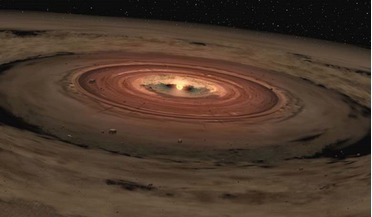 04 April 2016
Astronomers have for the first time found gas-phase ammonia in a protoplanetary disc
04 April 2016
Astronomers have for the first time found gas-phase ammonia in a protoplanetary disc
... bodies followed by a sufficiently high collision rate to release the volatiles. On the other hand, in the colder outer protoplanetary disc, the synthesis of ammonia in the gas phase relies on ion-molecule chemistry. If the water and ammonia emission...
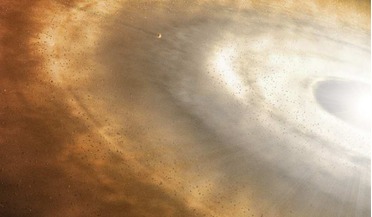 27 June 2016
Protoplanetary disc shares similarities with our own Solar System say researchers
27 June 2016
Protoplanetary disc shares similarities with our own Solar System say researchers
...systems beyond our own Solar System formed. by performing full spectral scans of young stellar objects embedded in protoplanetary discs. The young stellar object in question is HD 142527, a Herbig Ae/Be star located 145 parsecs away. Herbig stars are...
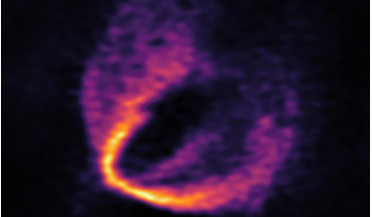 13 June 2018
Novel technique helps discover three protoplanets around newborn star
13 June 2018
Novel technique helps discover three protoplanets around newborn star
... massive object is on hand to create such disturbances. “We looked at the localised, small-scale motion of gas in the star’s protoplanetary disc. This entirely new approach could uncover some of the youngest planets in our galaxy, all thanks to the...
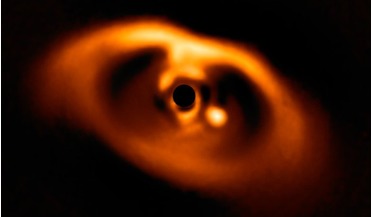 02 July 2018
Baby planet in dusty disc finally caught on camera
02 July 2018
Baby planet in dusty disc finally caught on camera
...known, young planetary systems and their circumstellar discs to study the initial conditions of planetary .... “We needed to observe a planet in a young star’s disc to really understand the processes behind planet formation.” Thomas Henning, director...
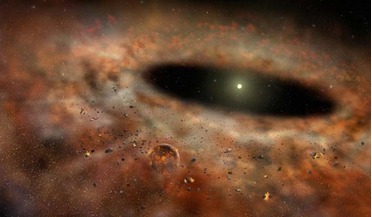 07 March 2016
Researchers show how water content in protoplanetary discs can affect planet formation
07 March 2016
Researchers show how water content in protoplanetary discs can affect planet formation
... suggests that planetary cores must form within a few million years, the same time as a typical lifetime of protoplanetary disc, in order to attract a gaseous envelope. Past studies have focused on the abundances of oxygen and carbon in hot Jupiters...
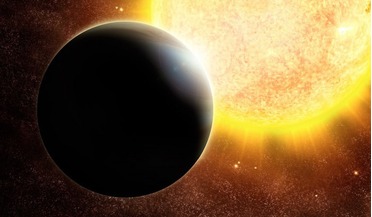 February 2016
How to Build Planets
February 2016
How to Build Planets
... flux emanating from the central star, proving that in this instance, size does matter. Analysing discs The bulk of a protoplanetary disc mass is mostly made up of gas – molecular hydrogen – with dust only accounting for around one per...